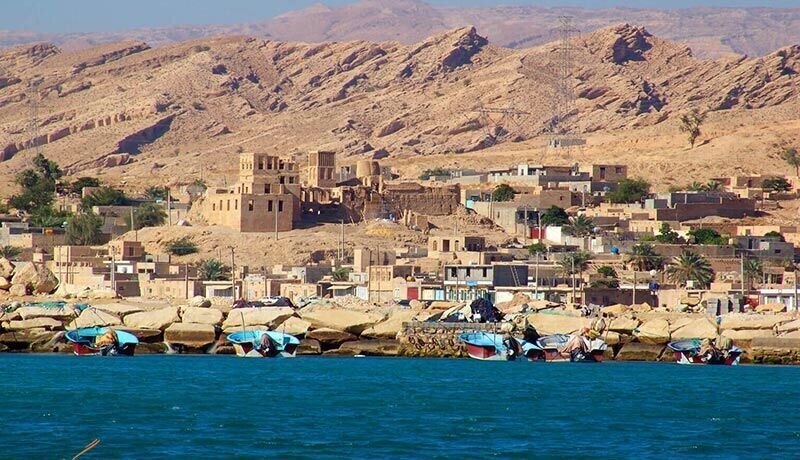Six historical objects identified in Siraf port

TEHRAN – A total of six historical objects have recently been identified in the ancient port of Siraf in southwest Iran.
“A recent examination and survey has found six historical objects on the coastal areas of Siraf in Bushehr province,” IRNA quoted Mehdi Azarian, the director of Siraf national heritage site, as saying on Saturday.
“These historical objects are made of limestone. And five of which have been used as platforms and seats over the past couple of years due to the unawareness of the people.”
“The objects are composed of three square column pillars, a circular pillar, and two millstones… One of these objects was identified underwater, which was placed on the beach by the waves over time and belongs to the Siraf Grand Mosque,” he explained.
Earlier this year, the national heritage site announced it would develop a data bank on fragments of historical ceramics and pottery discovered through various seasons of excavation
Between 1966 and 1973, the British Institute of Persian Studies conducted seven seasons of excavation and survey at Siraf, which was a major city on the Iranian shore of the Persian Gulf that played a leading role in the network of maritime trade that supplied Western Asia with the products of India, the Far East, and Eastern Africa between 800 CE and 1050.
Siraf had a population of about 300,000 during the early Islamic era and this fact shows that it was a large city. However, today, just about 7,000 people live in Siraf in a small area.
AFM/

Leave a Comment